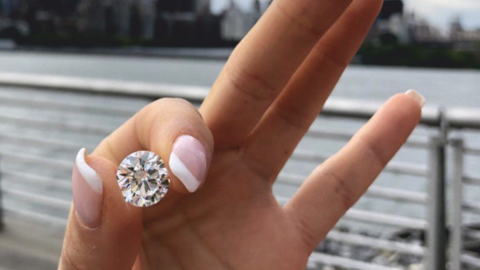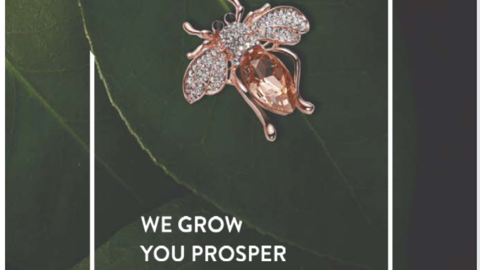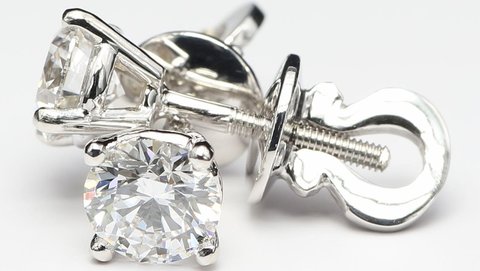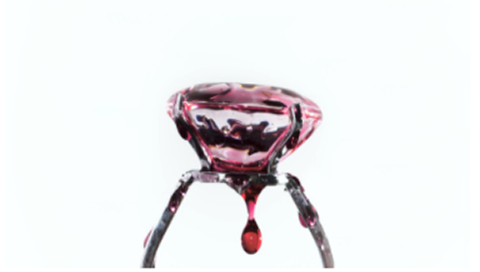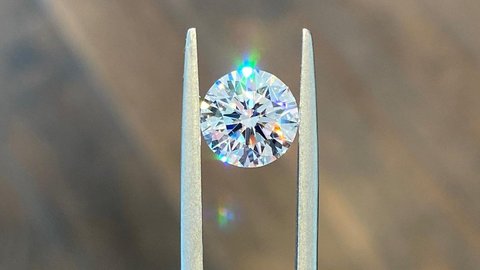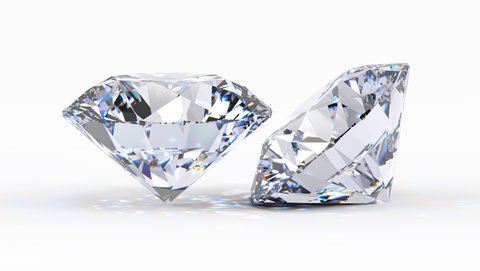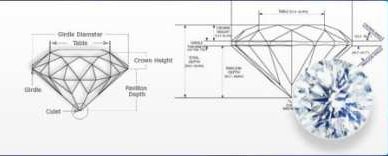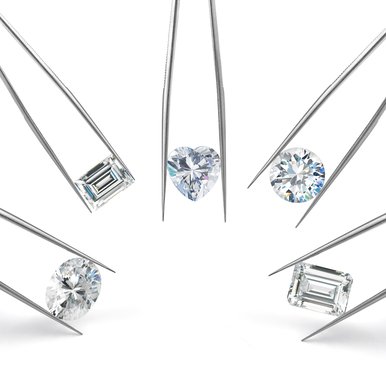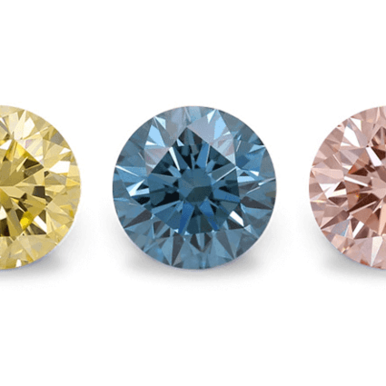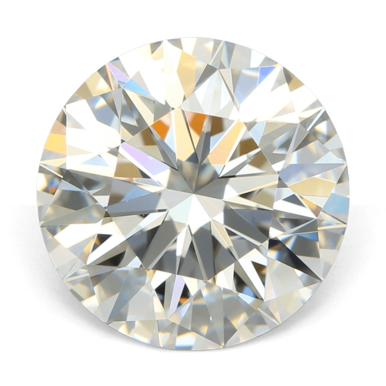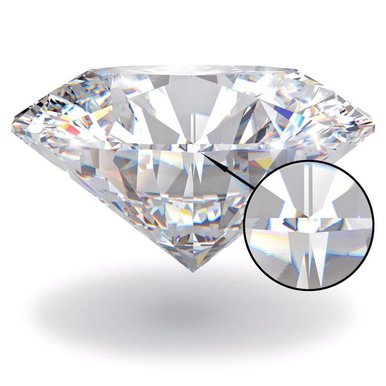When Were Lab-Grown Diamonds Invented?
In the past few years, the diamond industry has changed a lot because lab-grown diamonds are now available. Using sustainable and ethically sourced alternatives to natural diamonds, this innovative approach challenges traditional practices and introduces new ways to source mined diamonds.
What is Lab-Grown Diamond?
Lab-grown diamonds, also called man-made or cultured diamonds, are made by using advanced technology to make them look like mined diamonds. The origin of these diamonds is meticulously cultivated in controlled environments rather than extracted from the depths of the Earth, which makes them identical to their mined counterparts.
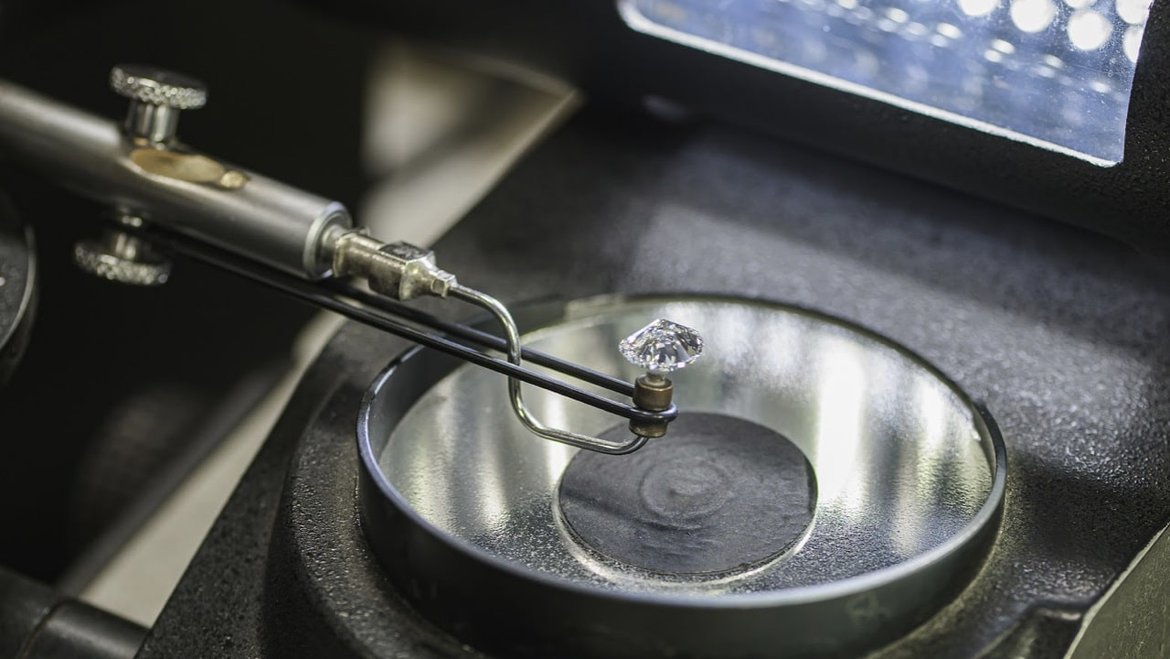
The First Lab-Grown Diamonds
The first attempts to make lab diamonds date back to the mid-20th century, when scientists were able to make small, low-quality diamonds in a laboratory. Several decades of dedicated research and technological progress were required to yield lab-grown diamonds boasting quality comparable to mined diamonds.
The quest for creating lab-grown diamonds commenced in 1797 when scientists unveiled the composition of diamonds as pure carbon. This revelation sparked a fervent determination to fabricate the initial diamond manufactured in a laboratory. Throughout the 19th century, numerous efforts were made to replicate the conditions that aid in the formation of diamonds in a laboratory. Despite claiming success, researchers encountered difficulties replicating these experiments.
A breakthrough came in 1954 when General Electric (GE) successfully produced the first proven lab diamonds under the clandestine "Project Superpressure." Initiated in the 1940s but delayed by World War II, this project saw years of experimentation with various methods, temperatures, and pressures to transform carbon into diamonds. Utilizing a high-pressure belt press, scientists subjected small seed crystals to extreme conditions, dissolving graphite in metals like iron, nickel, and cobalt to expedite the conversion to diamond.
The pivotal moment arrived when the resulting material proved impervious to cutting tools, confirming the creation of diamonds. Credit for this milestone was accorded to a team of scientists, prominently including Herbert Strong and Howard Tracy Hall.
The diamonds produced by GE in 1954, while significant, were too diminutive for use as gems, finding application in industrial settings instead. However, this achievement laid the foundation for GE to pioneer gem-quality crystals in 1971. Their innovative process involved applying heat and pressure to a graphite seed within a tube until it matured into a diamond.
Get Access to Our Lab Diamond Database
Find Out About Prices and Availability Information
Despite the groundbreaking nature of this discovery, the high temperatures and pressures required for production rendered these man-made diamonds economically non-competitive with their natural counterparts. Additionally, the initial gem-quality lab-grown diamonds often exhibited a yellow hue and numerous inclusions, hindering them from achieving high grades based on the color and clarity standards applied to white or colorless diamonds.
Studies revealed that an abundance of nitrogen was responsible for the yellow coloration observed in these gems. The subsequent enhancements and adjustments made to the manufacturing procedure led to the successful production of flawless diamonds. Over the course of a few decades, collaborative research efforts by scientists from the United States, Russia, and China culminated in the development of lab-grown diamonds surpassing their natural counterparts in terms of carat weight, color, and clarity. Gradually, these lab-created gems found their place within the diamond market.
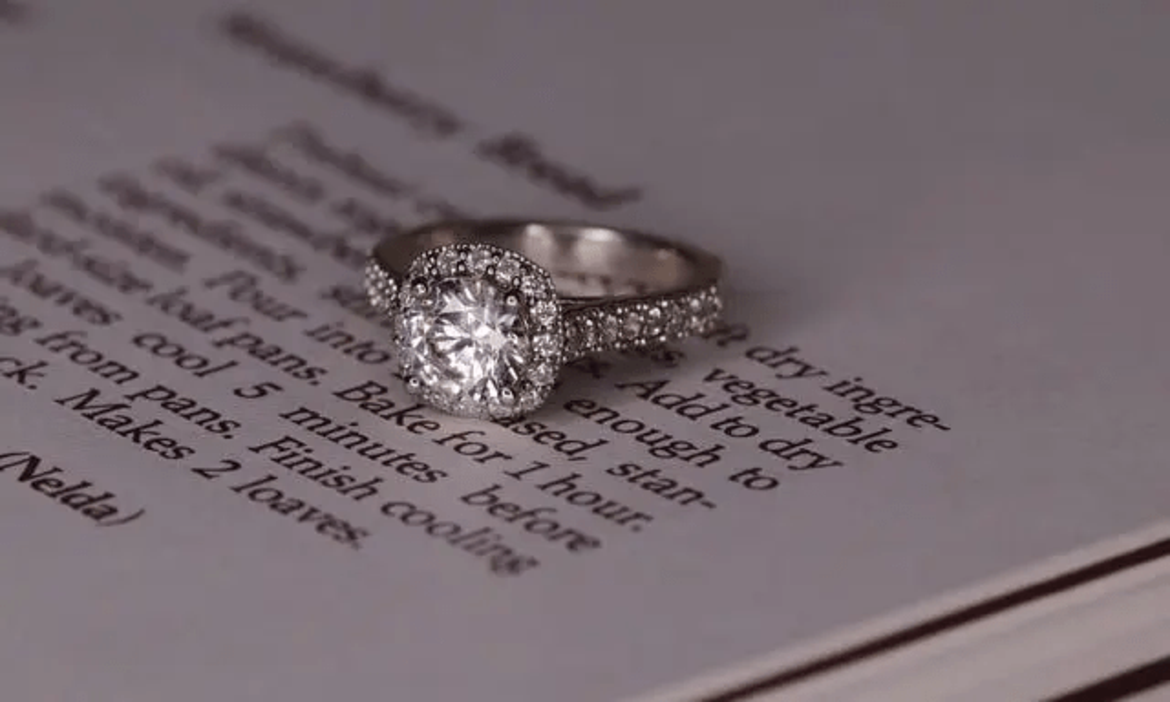
Modern Lab-Grown Diamonds
The last few years have seen an increased effort to produce high-grade lab-grown diamonds. Precision in growth techniques, such as High Pressure High Temperature (HPHT) and Chemical Vapor Deposition (CVD), has enabled scientists and engineers to produce diamonds indistinguishable from their mined counterparts.


